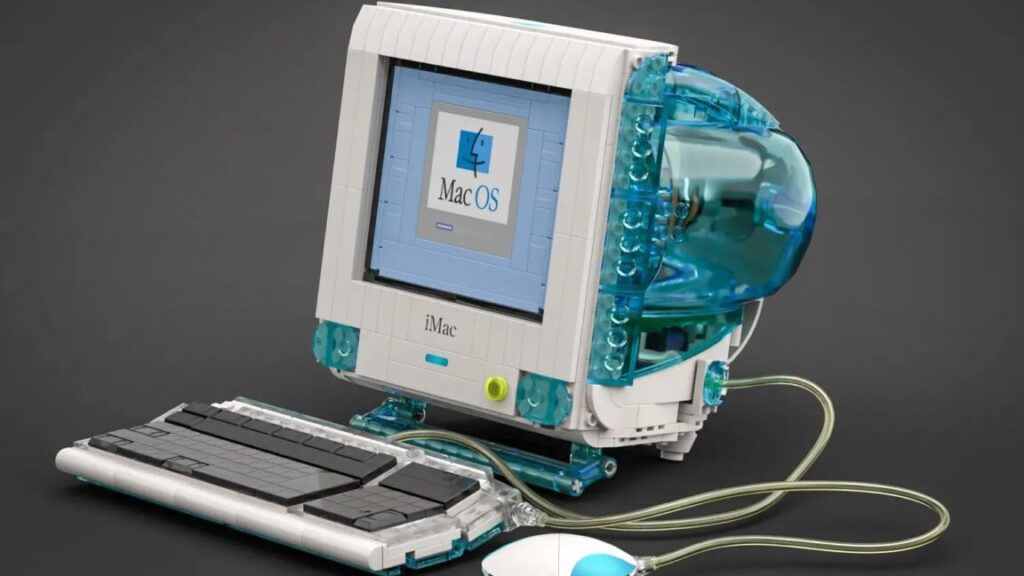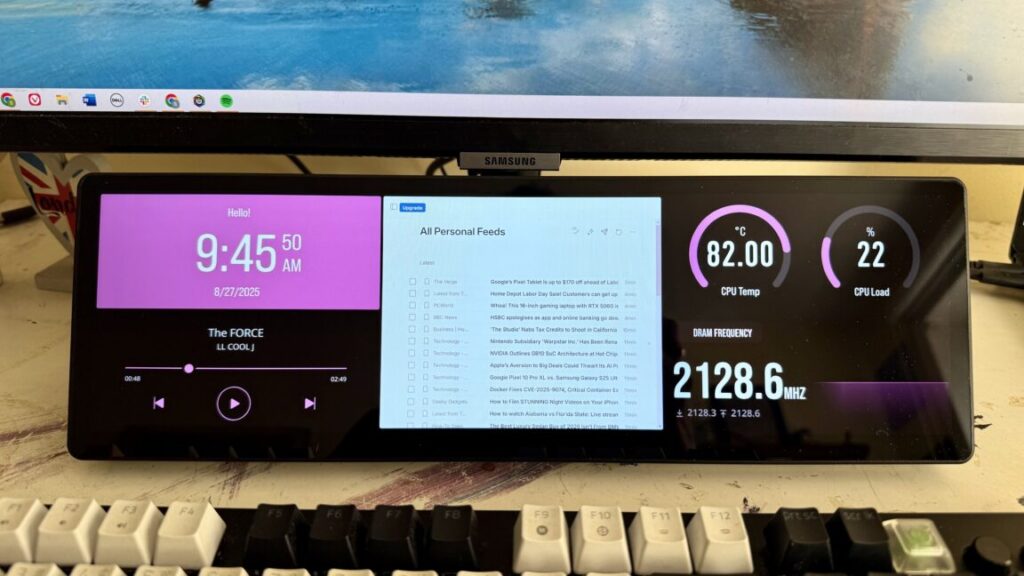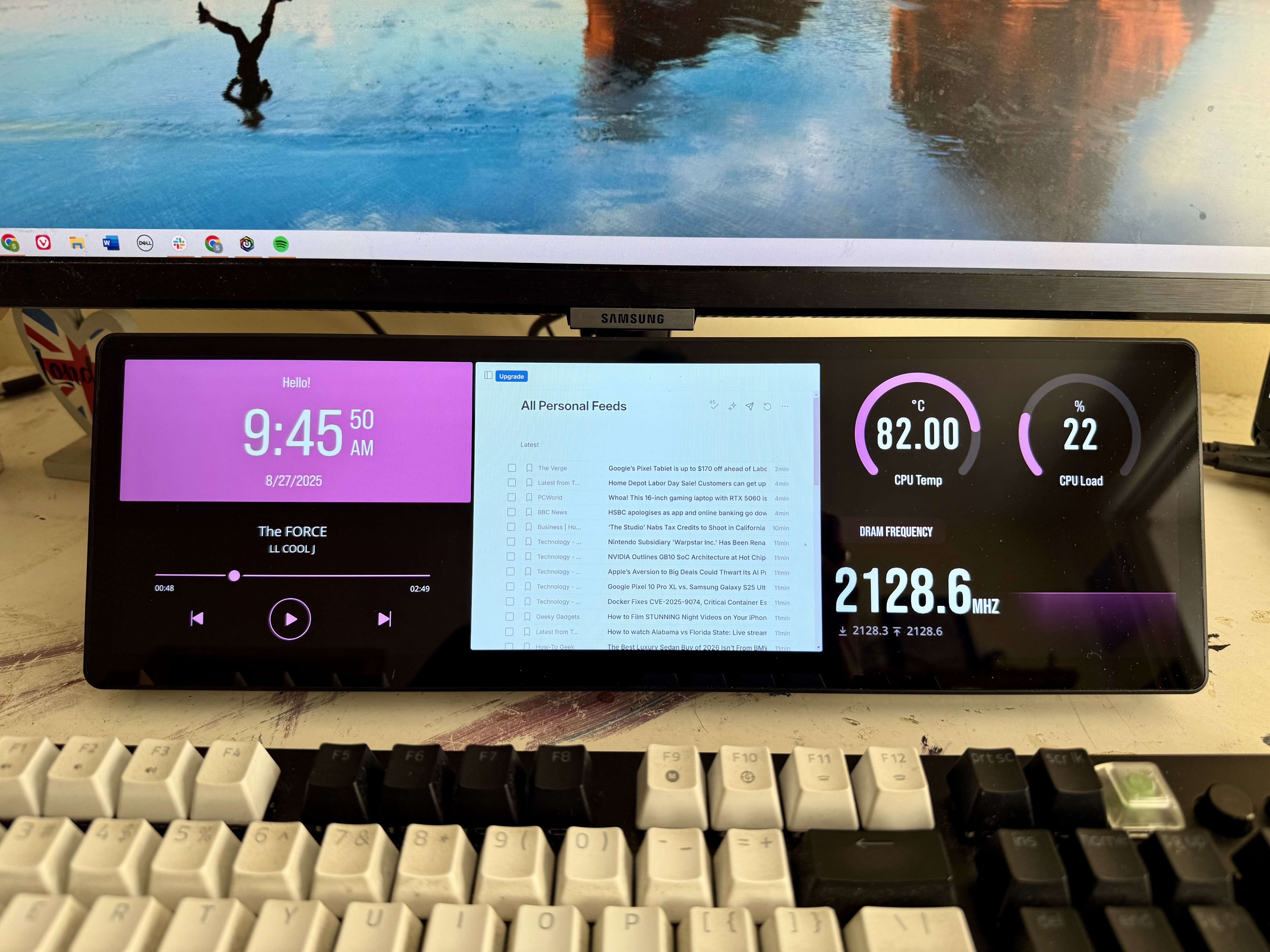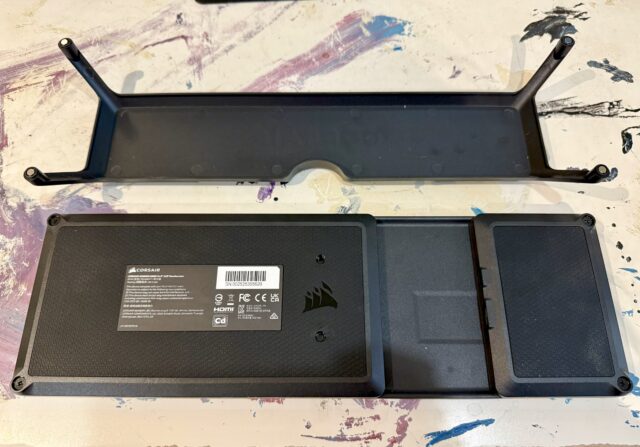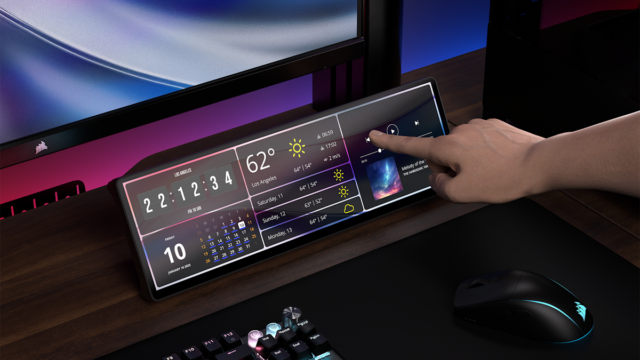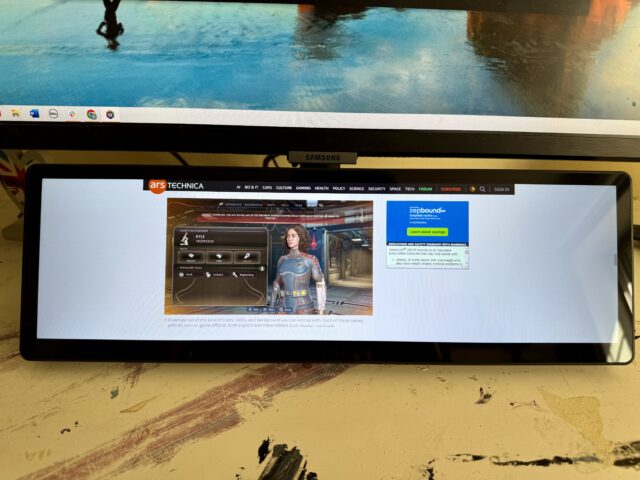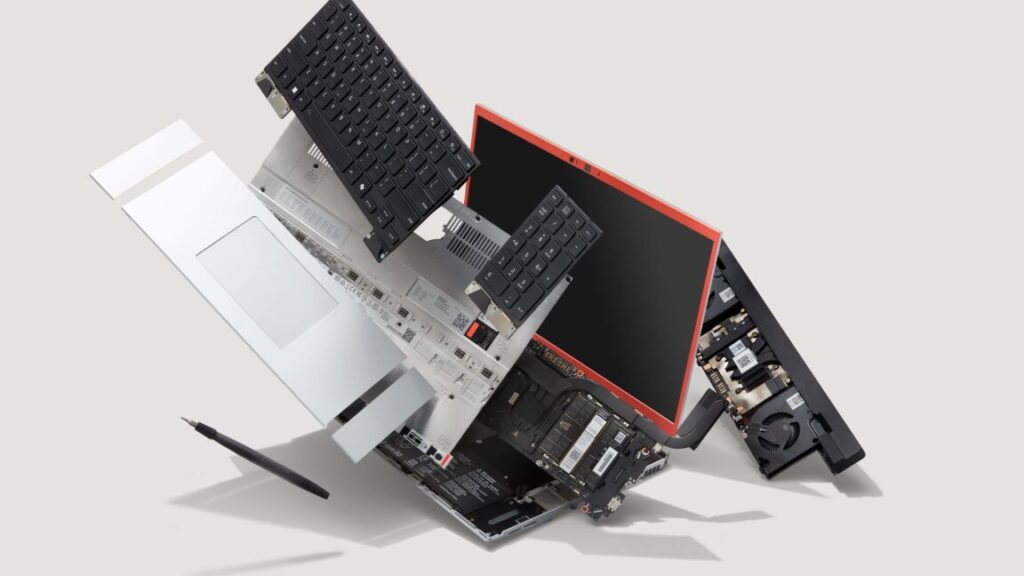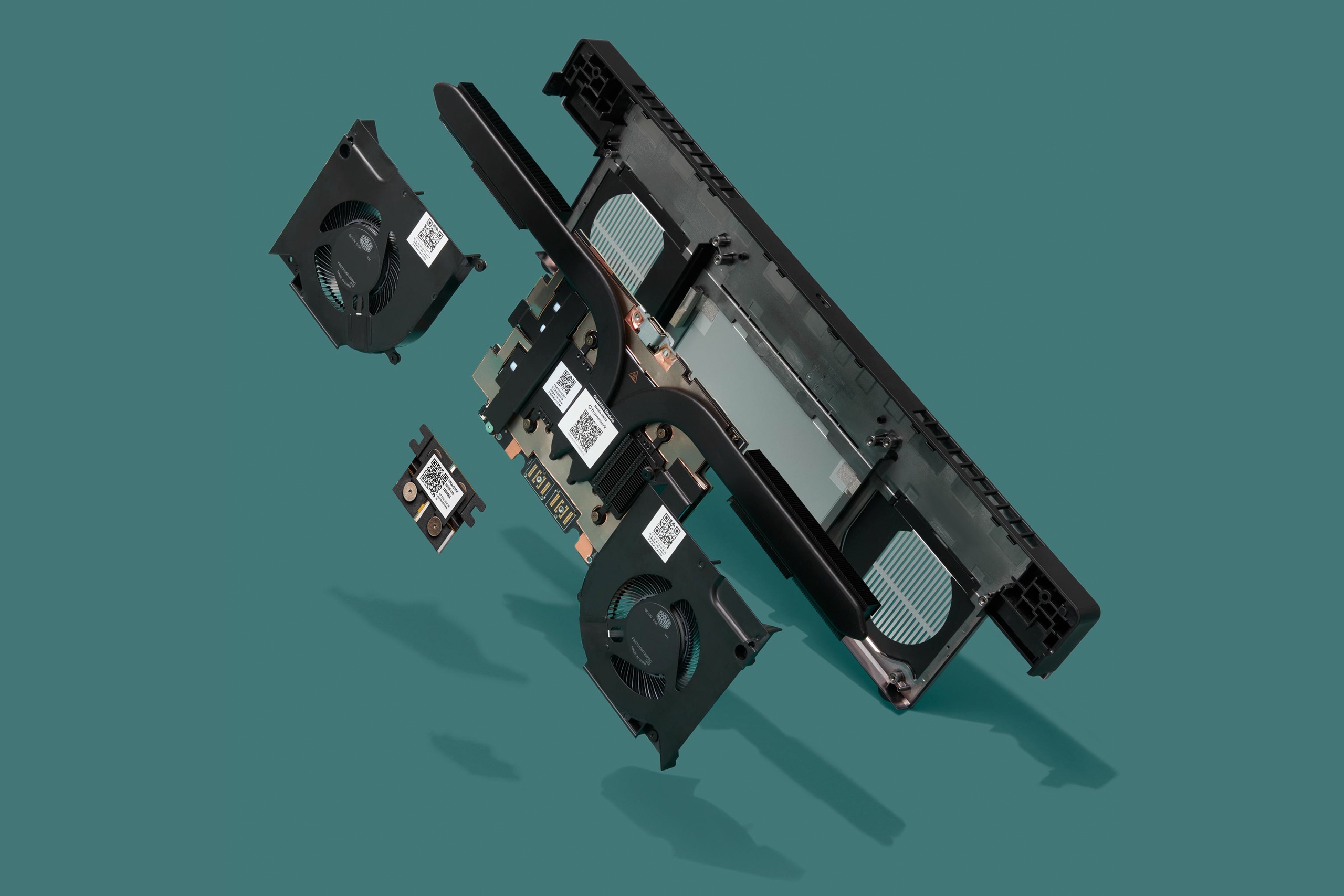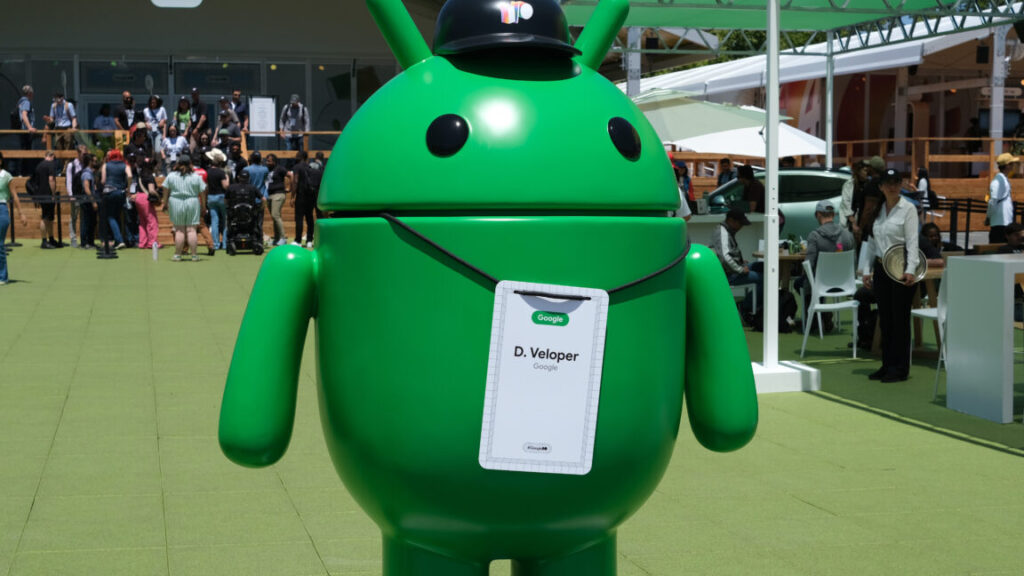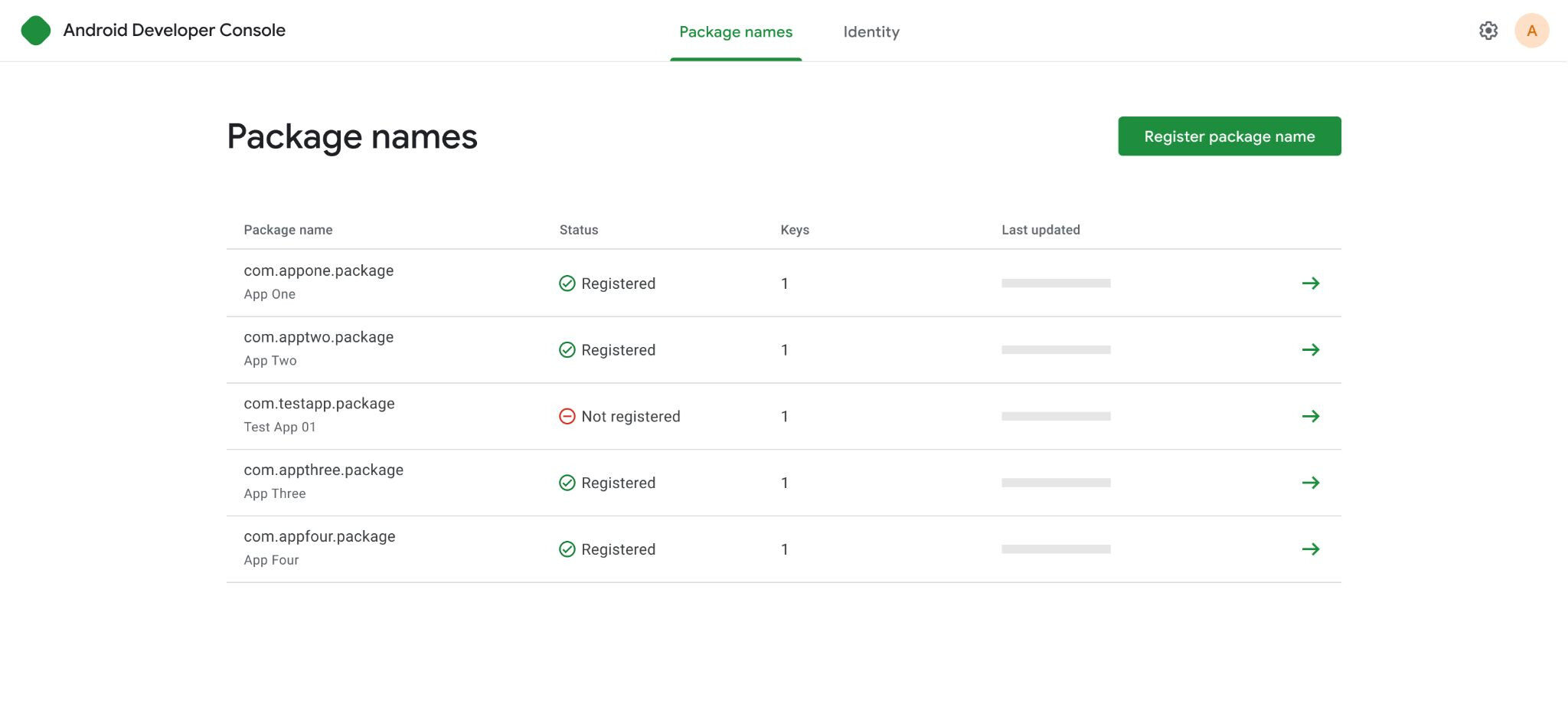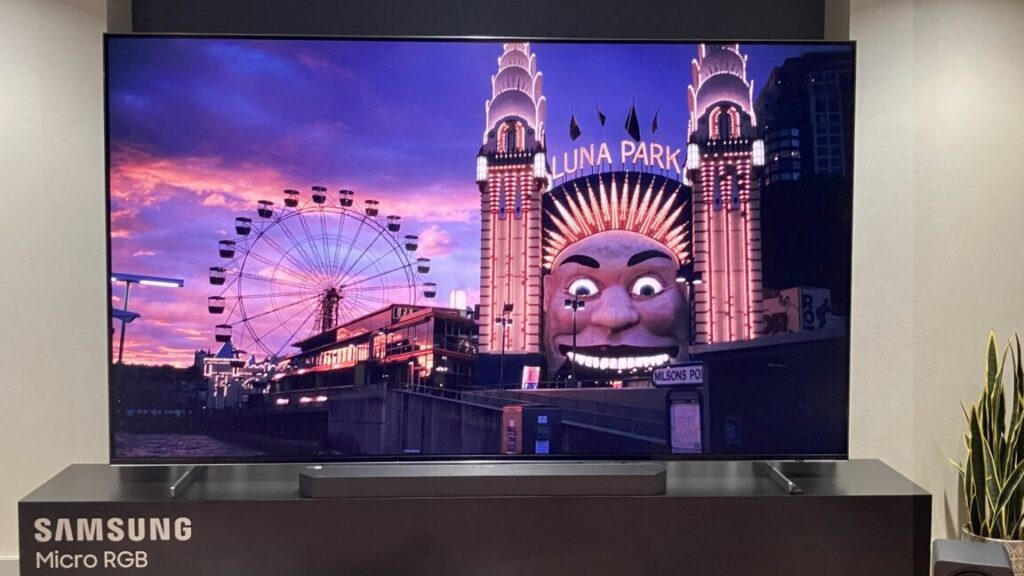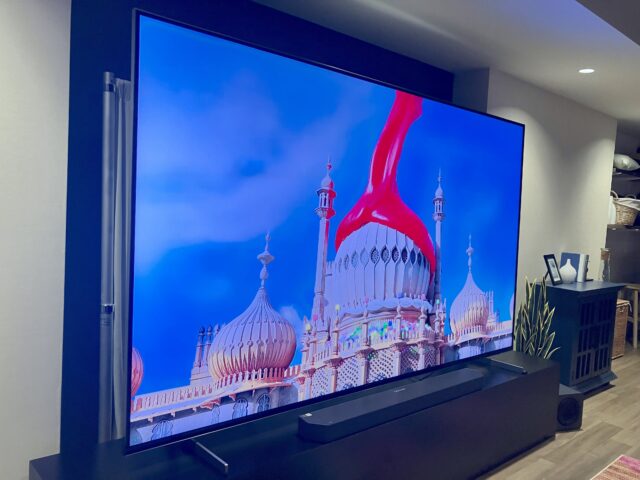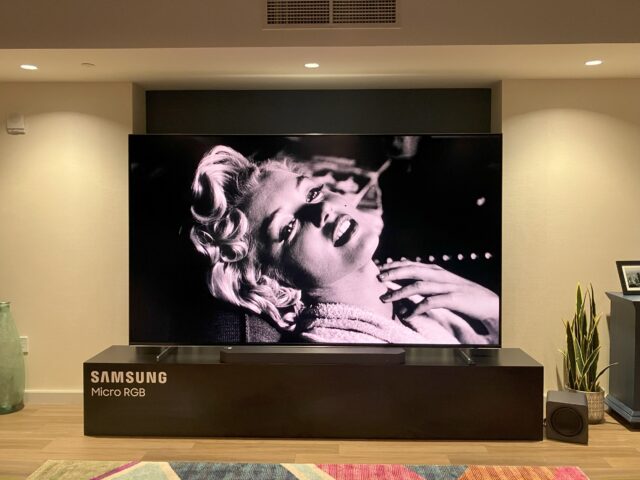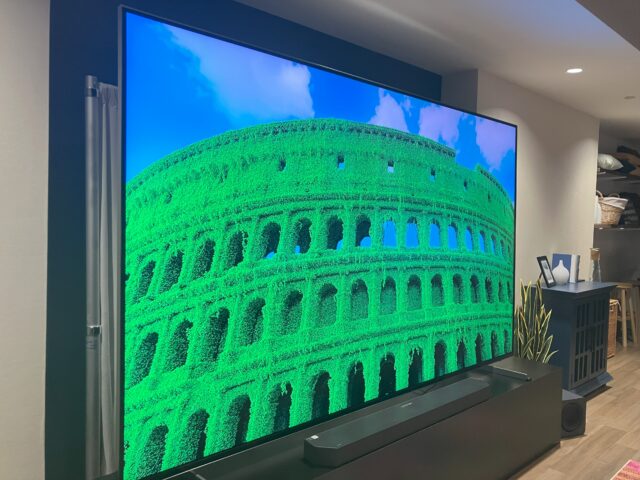Noctua’s 3D-printed mod singlehandedly makes the Framework Desktop run quieter
Despite its lack of upgradeable system memory, Framework has tried to make its Framework Desktop a welcoming platform for upgraders and modders, releasing 3D-printable versions of a few case parts and generally sticking to standard-sized parts and standard connectors.
Often, it’s independent creators who are making the weirdest and most interesting mods for Framework’s devices, but PC cooling company Noctua has just announced what amounts to a fairly major cooling upgrade for the Framework Desktop, at least for anyone with access to a 3D printer. By printing a new fan duct and a custom side panel, Noctua managed to lower the noise levels of the Framework Desktop’s default cooling fan by between five and seven decibels, without replacing or modifying any other components.
The key is apparently the design of the fan grill, which Noctua also used to reduce noise levels in the Noctua edition of this 1600 W Seasonic power supply. The grill has a distinctive spiral pattern that allows the fan to move similar amounts of air at lower rotation speeds, which is where the noise reduction comes from.
According to Noctua’s post about the Seasonic power supply, the grill was designed with the specific geometry of the NF-A12x25 fan’s blades in mind: “the grill’s radial struts are angled and swept against the sense of rotation of the fan and the sweep of its blades, which helps to avoid situations where the leading edges of the fan blades are parallel or almost parallel to the grill struts, which would cause a high pressure pulse followed by a sudden drop in pressure when the blade moves out of the overlapping position.”
The grill for the Framework Desktop’s fan is slightly smaller to conform with safety standards, but the idea is the same. Noctua also paired the side panel grill with a redesigned funnel-shaped fan duct to improve airflow further.
Some cooling mods make more sense than others
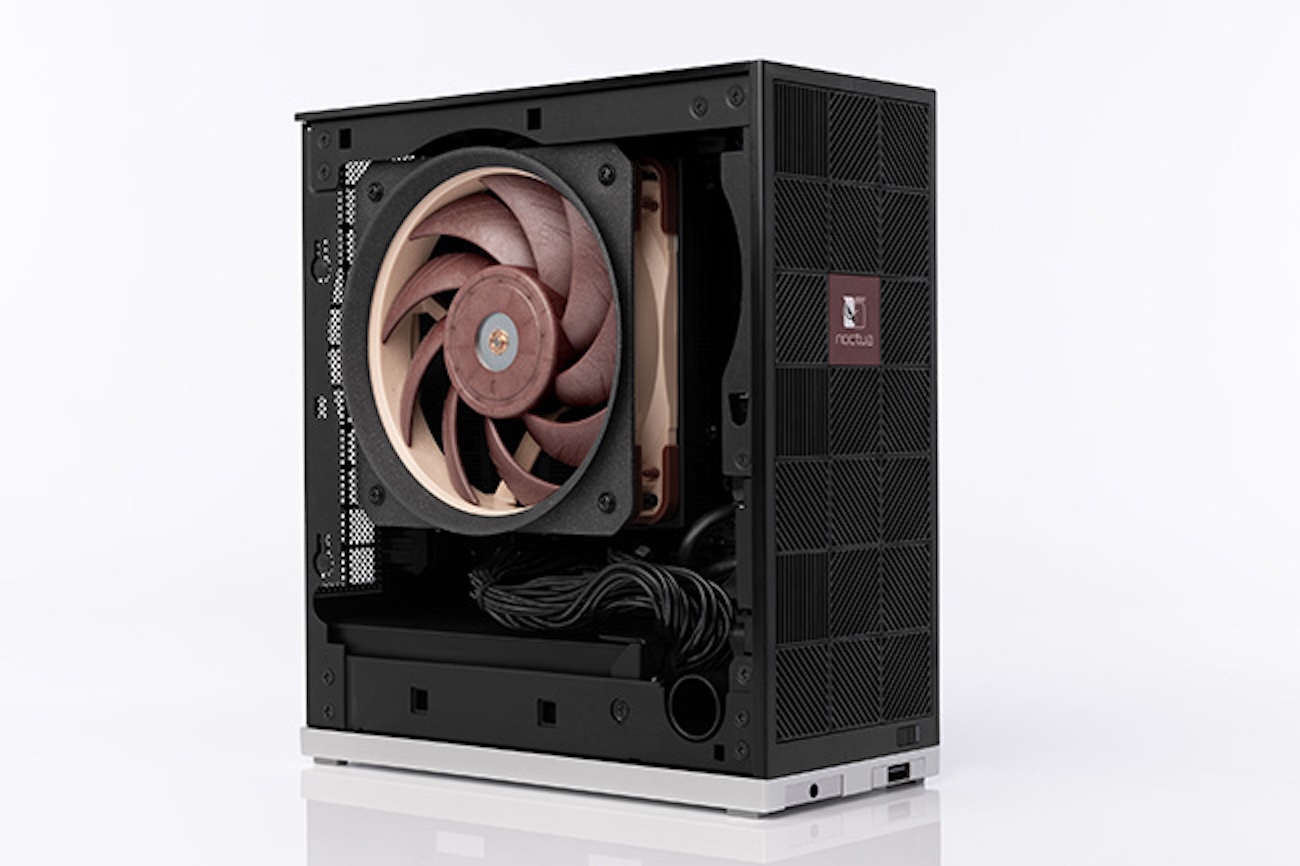
A tweaked fan duct (replacing the default, also-Noctua-designed version) is also required to see the improvements. Credit: Noctua
Noctua had a couple of other interesting notes on the Framework Desktop’s cooling system for people looking to make the system run cooler or quieter. First, Noctua noticed some temperature improvements when adding an 80 mm exhaust fan to the front of the system—this is supported but it isn’t the default cooling configuration—but found that the extra noise it added was disproportionate to the cooling benefit it provided. Adding a newer NF-A12x25 G2 fan to the system instead of the default NF-A12x25 did make the desktop run a bit quieter, but because the G2 fan maxes out at 1,800 RPM rather than 2,400 RPM, it had trouble keeping the system cool under load.
Noctua’s 3D-printed mod singlehandedly makes the Framework Desktop run quieter Read More »




